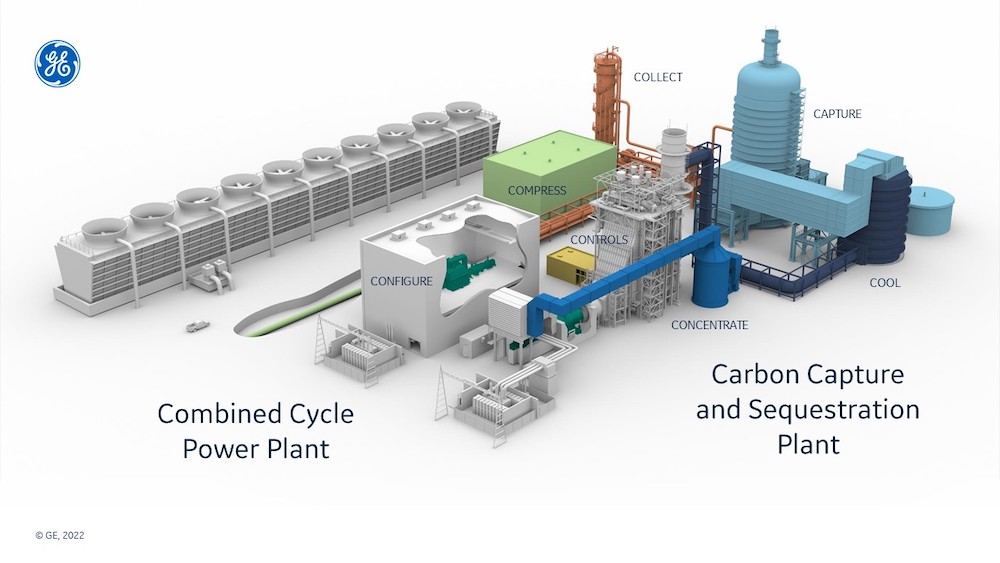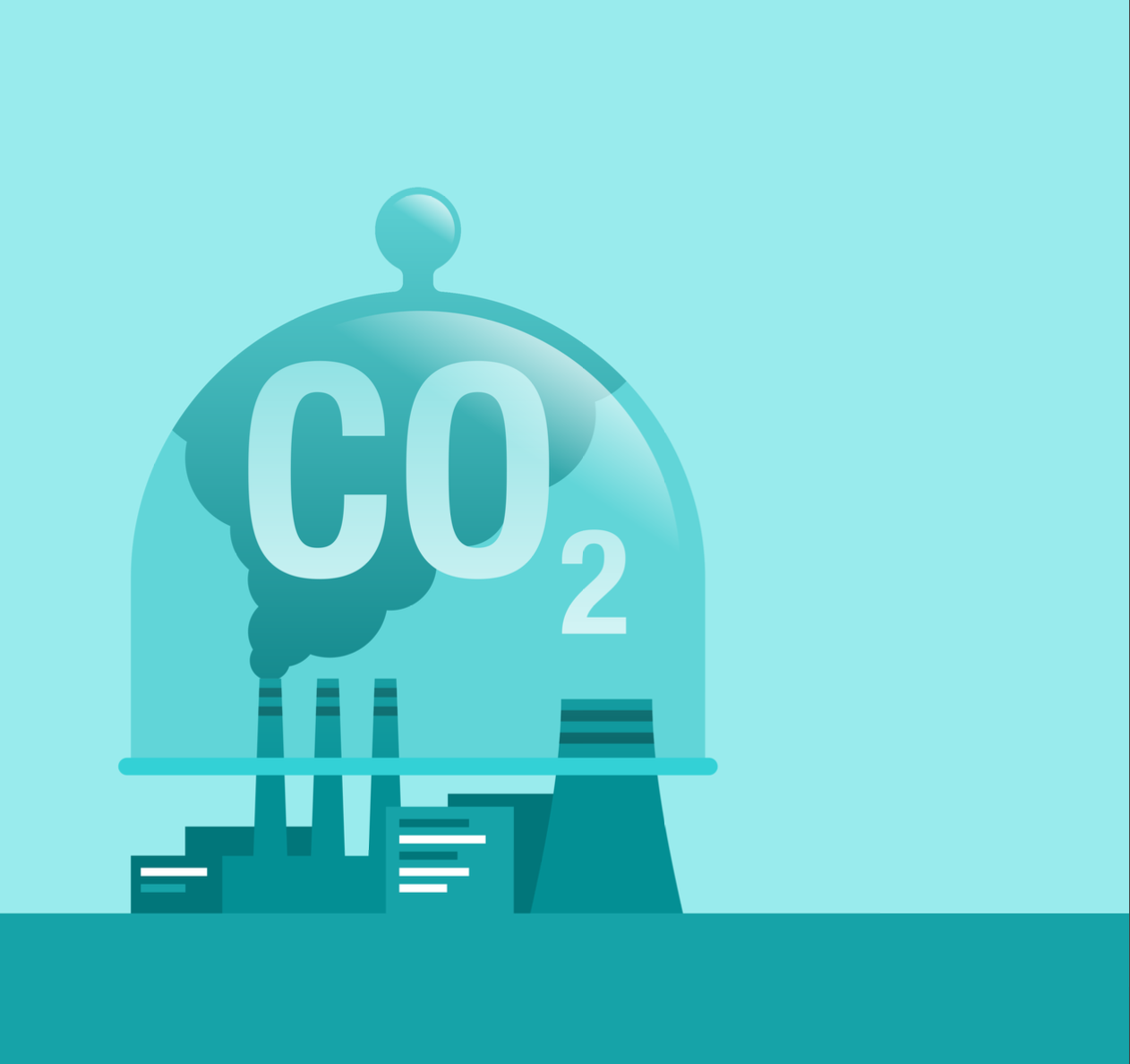Natural gas plants are an important part of the energy transition, as one of the tools to support more renewables being added to the grid. But despite the benefits gas offers in terms of reliability and availability, natural gas is a fossil fuel that produces carbon emissions (though much less than coal). GE Gas Power is working on a variety of ways to reduce the carbon emissions of gas-powered power stations. One of them is tantalizing: capture the carbon that’s emitted at the power station.
Known as carbon capture, utilization, and storage, or CCUS, the technologies have the potential to be a big part of the solution to the climate challenge — if significant cost and technical obstacles can be overcome. GE has been collaborating with other entities and stakeholders in the United States and Europe to explore how CCUS can work efficiently. And now it’s embarking on a similar carbon capture journey in Asia.
GE recently reached an agreement to work with one of the region’s premier engineering, procurement, and construction companies, Korea’s DL E&C Co. Ltd., and its subsidiary CARBONCO. Together they will collaborate to develop potential carbon capture projects for existing or new combined-cycle power plants. They’ll also conduct feasibility and front-end engineering design (FEED) studies.
“In Asia, there is a significant installed base of over 1,300 GE gas turbines that is providing electricity for businesses and communities across the region,” says Ramesh Singaram, president and CEO of GE Gas Power Asia. The collaboration, he adds, “will pave the way for our customers to pursue the adoption of CCUS technologies” that could help address carbon emissions across Asia.
CCUS, an emerging technological area, is based on the idea that CO2 can be isolated and stored. In some methods, CO2 is captured, separated, and then compressed. Afterward it can be placed underground, turned into a product, or utilized by another industrial user, like an oil and gas company, according to Kazunari Fukui, Asia decarbonization leader for GE Power.

But large-scale adoption of CCUS has been elusive, mainly because many projects struggle to be economically viable. Most of the carbon capture facilities around the world today are associated with industrial facilities. There are a few carbon capture demonstration projects with coal-fired power plants, but none are connected to operating gas-fired plants. A full-scale carbon capture facility would essentially require a new round of construction and maybe double the footprint of any power plant to which it’s attached.
The Asia initiative comes on the heels of CCUS projects underway in the U.S. and Europe. The U.S. Department of Energy, for example, has awarded GE $5.77 million in funding to explore capture and compression potential at Southern Company subsidiary Alabama Power’s James M. Barry power plant, near Mobile. The study includes contributions from other global players like BASF, Linde Engineering, and Kiewit. In the UK, GE is pursuing a similar study at a natural gas power plant yet to be constructed. With Technip Energies, GE will explore a “front-end” solution that would integrate carbon capture from the start.
One thing GE has experience in is natural gas combined-cycle plant engineering, operability, and plant integration. (Combined-cycle pants capture heat waste from the gas turbines to power steam turbines that in turn produce even more electricity.) The company has been researching advanced technology and control concepts as well as gas and steam cycle enhancements that improve the carbon capture process. Adding a carbon capture system into a combined-cycle power plant requires integrating heat and steam. That integration technology is similar to what GE has been doing for many years in industrial combined heat and power projects as well as in district heating applications, where heat and electricity are provided to multiple buildings. These advancements, says Fukui, help to lower plant capital expenditures and operating expenses, making it more economical to add CCUS technology while preserving the high flexibility and reliability of the plant.
“The first phase of our relationship with DL E&C and CARBONCO is to identify a target project,” says Fukui. “This will depend on technical and economic factors, and the incentives which drive customers.” GE will rely on DL E&C’s carbon capture unit CARBONCO for the CCUS solution. CARBONCO has commercialized Korea’s first carbon capture plant.
“No one’s going to choose this technology just to feel good,” Fukui says. GE understands it’s taking on a special challenge in trying to apply CCUS to natural gas, he adds, so getting the economics right is crucial. But it’s worth doing, because the vast inventory of natural gas turbines deployed across the world are fertile territory for driving down carbon emissions.
